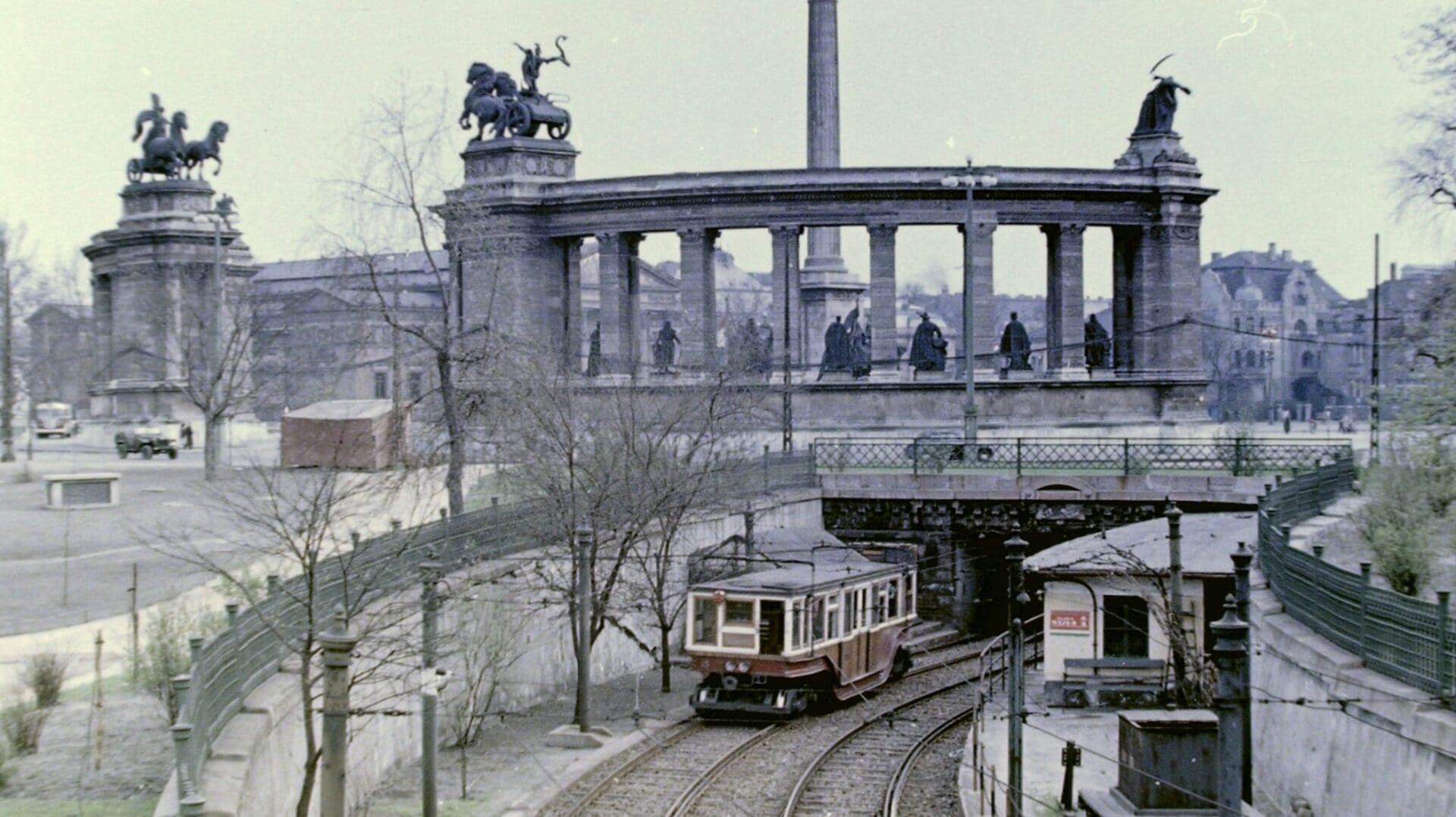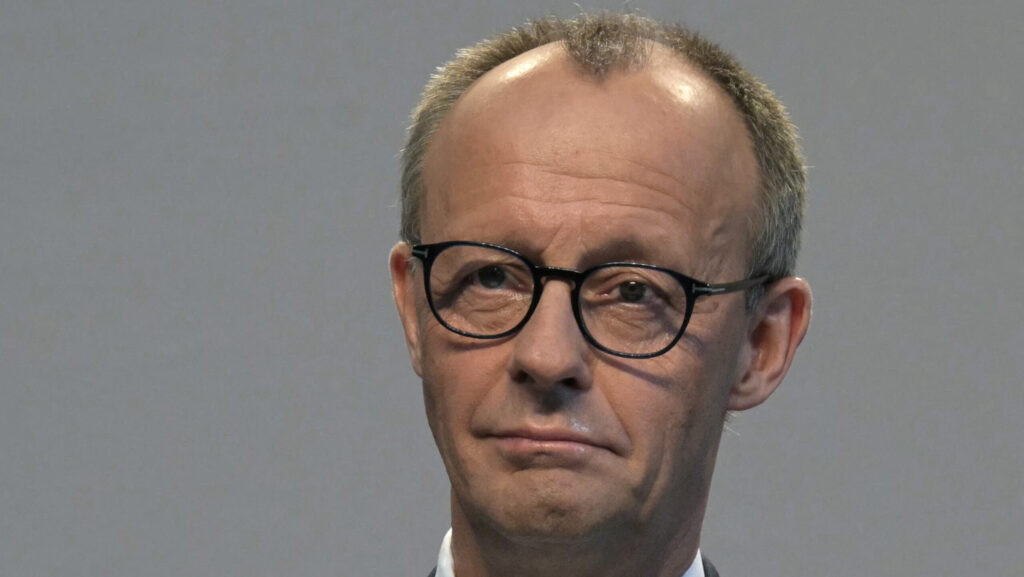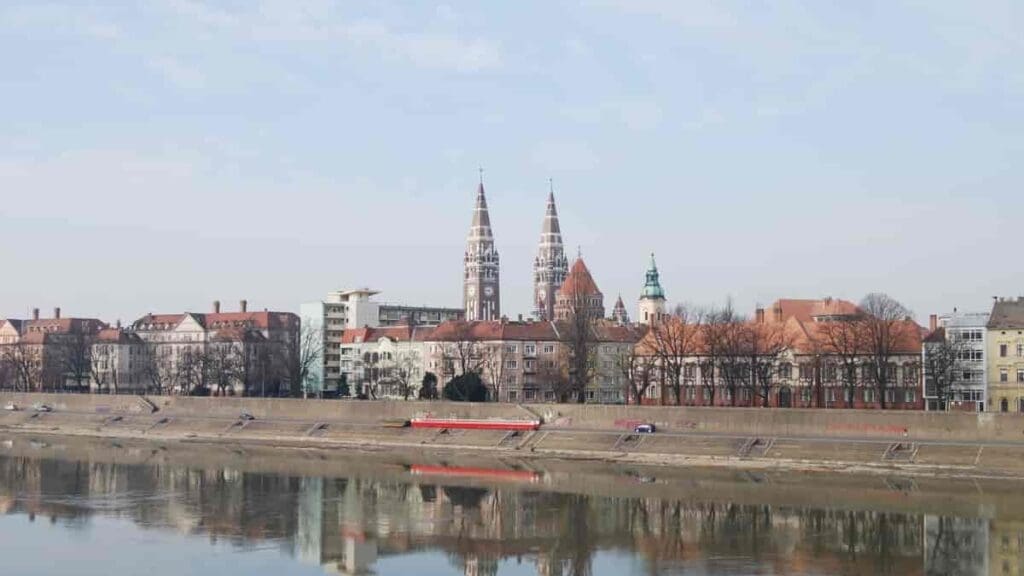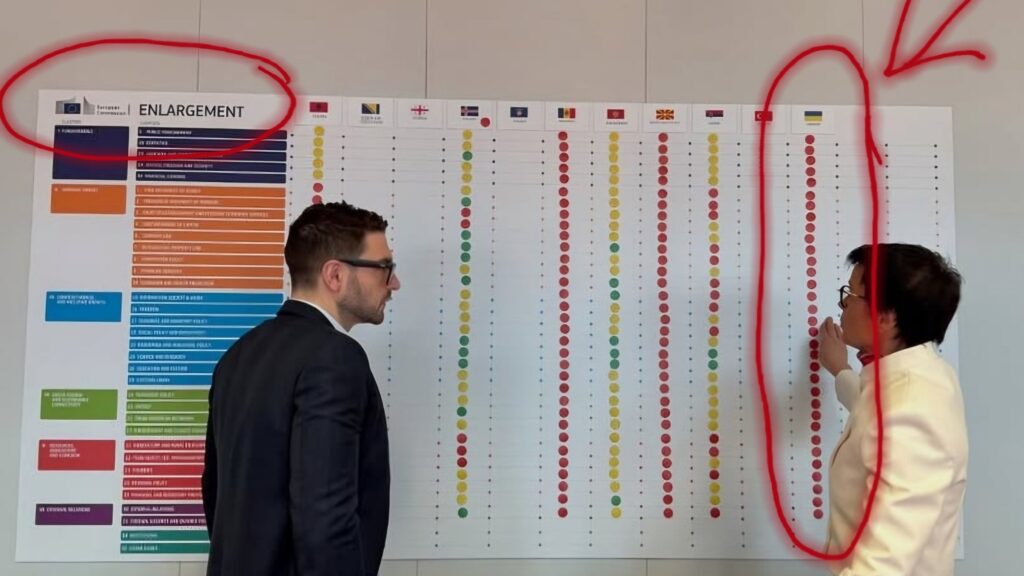Metro Line M1, or the Millennium Underground Railway, also known as ‘the Small Underground’ (Kisföldalatti in Hungarian) to the locals, is the oldest line of the Budapest Metro. If we only consider the size of its cars, the design of the stations, and the route on which it travels, the Millennium Underground is visibly different from the other metro lines. While waiting for the arriving train, many of us must have already wondered what exactly the magic of Metro Line M1 is about—but when the draft signing the approach of the little yellow cars comes, we suddenly get distracted. Low headroom, tiled stations, old signs—read this article, and you will learn much more than that about the charming Millennium Underground.
1. The Millennium Underground is preceded only by the London Underground in the whole world—but of course, we are not talking about speed now. In January 1863, the residents of London were the first in the world to use an underground metro line, and the Millennium Underground in Budapest was put into operation not much later, in 1896.
2. The trains of the London Underground were powered by steam, while the Millennium Underground is powered by electricity, so we are not wrong when we call it the world’s first electrically powered underground in the traditional sense.
3. The underground was built in just 21 months. After the plans were submitted in January 1894, work already began in August, and the deadline for completion was set for the Millennium celebrations marking the 1000th anniversary of the Hungarian Conquest of the Carpathian Basin in the spring of 1896.
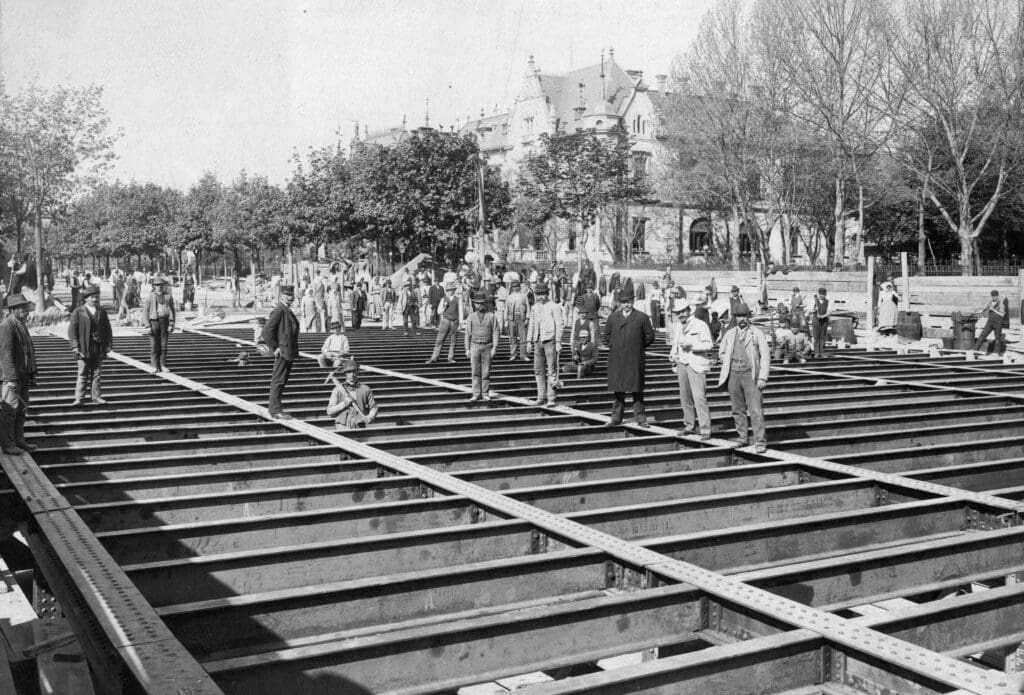
4. The capital’s new pride was handed over by Franz Joseph himself on 2 May 1896, who also tested the underground a few days later.
5. Understandably, Franz Joseph and his escort were subject to special treatment when it came to public transport, too. In the underground, there was a special ‘royal’ car made for the king, which was more glamorous and comfortable than the others. The royal car operated in its original form only until 1897—after that, it was exhibited in the transport museum. Although after WWII it was put into operation once again, it could not be modernised, so its fate was sealed for good.
6. The designer of the Millennium Underground was Hungarian engineer Mór Balázs, who was the founder of Budapest City Rail Road Co. (Budapesti Városi Vasút) and even received a nobility title for his great idea. At that time, the city government was specifically against the further surface transport on Andrássy Avenue, so the construction of an underground railway line seemed to be the most obvious solution.
7. Despite the quick completion, difficulties naturally arose during the construction works. Preservation of the already existing sewerage system caused much trouble for the engineers, especially the main sewer located at the mouth of the Grand Boulevard.
8. The names of the stops written on stop signs were made in the Zsolnay Porcelain Factory in Pécs.
9. From the stations, passengers could access the street through gangways designed in Art Nouveau style by Hungarian architect Albert Schickedanz, the creator of the Museum of Fine Arts. Unfortunately, these gangways were demolished after WWI.
10. The whole underground railway system was damaged in WWII, so it was rebuilt and put into operation again in 1946.
11. The travel time between the two final stops was 17 minutes.
12. The metro line has had 11 stops unchanged since the start of its operation.
13. Until 1973, the underground’s final stop was at the Széchenyi Medicinal Bath. By that time, the former stop at the Budapest Zoo ceased to exist, but a new one was built instead.
14. In the same year, the metro line was extended to Mexikói Road, which was also due to the fact that a lot of prefabricated houses were built in the area around that time.
15. Since 1975, the Millennium Underground Museum has been operating in the Deák Ferenc Square metro station until this day, which was completely renovated in 1996 on the occasion of its 100th anniversary.
16. Andrássy Avenue and the Millennium Underground were recognised together as a World Heritage Site in 2002.
17. The metro line also had a surface section, as, after Heroes’ Square, it took a turn around City Park above ground. During that section, the underground also passed under a long-forgotten small bridge, which can still be found today at City Park Lake.
18. In contrast to other means of transport in Hungary, the underground travelled in the opposite direction compared to today until 1973 as it only switched to right-hand traffic after its renovation and extension in 1970.
19. For the future, developments such as the extension of the line, the establishment of additional connection points, and the accessibility and modernisation of the cars and the stations are all on the agenda.
20. Today, the public discourse often refers to the entire underground railway system of Budapest as the metro, including Metro Line M1, although the name ‘Underground’ (Földalatti) is still written on the signs above the entrance to the stations. Those who know the history and memory of the Millennium Underground Railway, or the Small Underground, will probably always call the line by its original name.
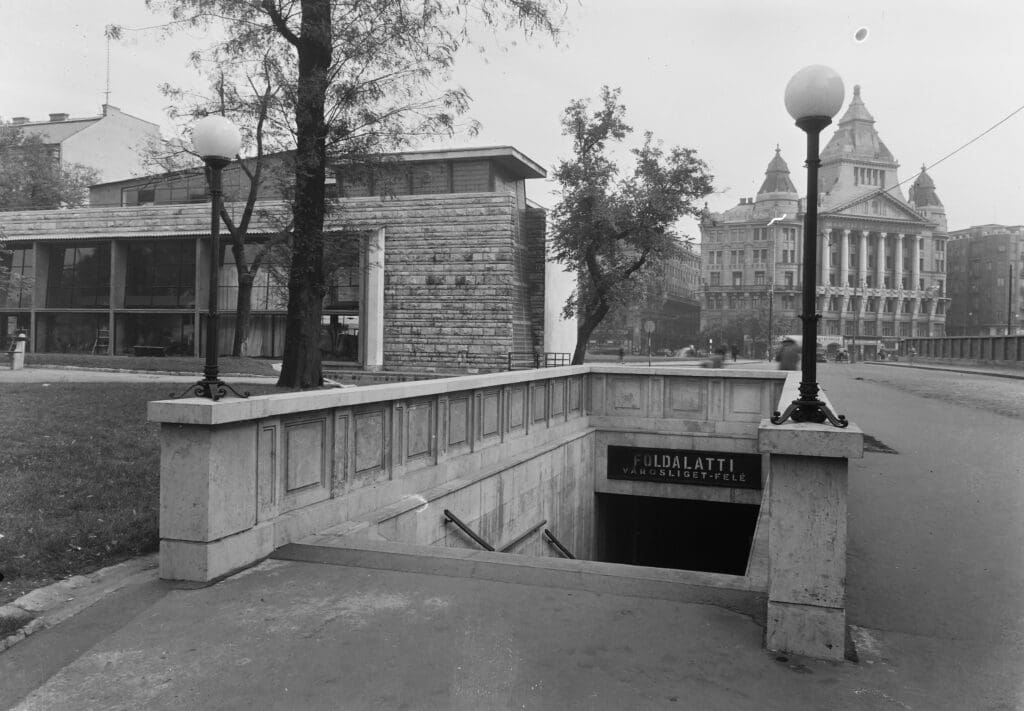
Click here to read the original article

